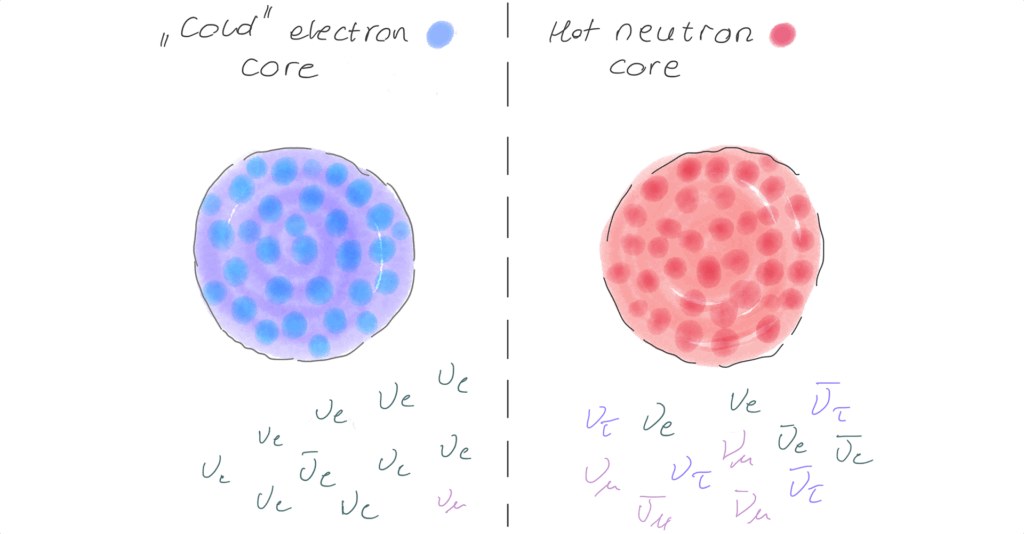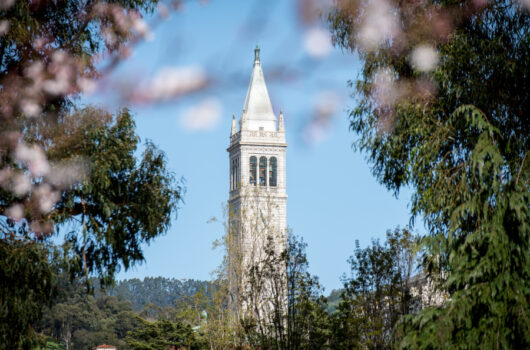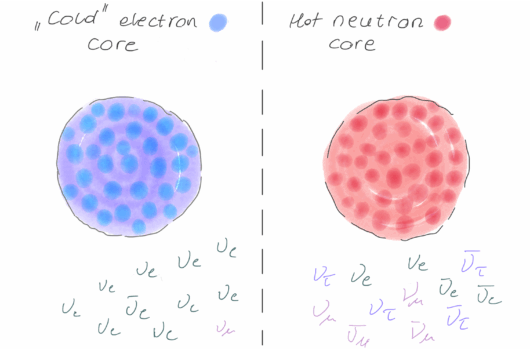The Secret Life of Neutrinos
Story by Michelle Franklin, UCSD Today
Neutrinos are cosmic tricksters, paradoxically hardly there but lethal to stars significantly more massive than the sun. These elementary particles come in three known “flavors”: electron, muon and tau. Whatever the flavor, neutrinos are notoriously slippery, and much about their properties remains mysterious. It is almost impossible to collide neutrinos with each other in the lab, so it is not known if neutrinos interact with each other according to the standard model of particle physics, or if there are much-speculated “secret” interactions only among neutrinos.
Now a team of researchers from the Network for Neutrinos, Nuclear Astrophysics, and Symmetries (N3AS), including several from UC San Diego, have shown, through theoretical calculations, how collapsing massive stars can act as a “neutrino collider.” Neutrinos steal thermal energy from these stars, forcing them to contract and causing their electrons to move near light speed. This drives the stars to instability and collapse.

Left Panel: When neutrinos scatter with themselves via standard model interactions the collapsing core of the massive star is relatively cold, and the neutrinos are mostly all electron flavor. In this scenario we may get a supernova explosion leaving, usually, a neutron star remnant.
Right Panel: If neutrinos have “secret” interactions with themselves, then electron neutrinos can be converted to all flavors. This leads to rapid heating, the “melting” of nuclei, and the rapid conversion of most protons to neutrons. We might get a black hole instead of a neutron star remnant. It is not yet clear if we get a supernova explosion.
Associated Faculty & Fellows:
Read More:
This article was originally published in UCSD Today.
Image credit: Anna M. Suliga.








